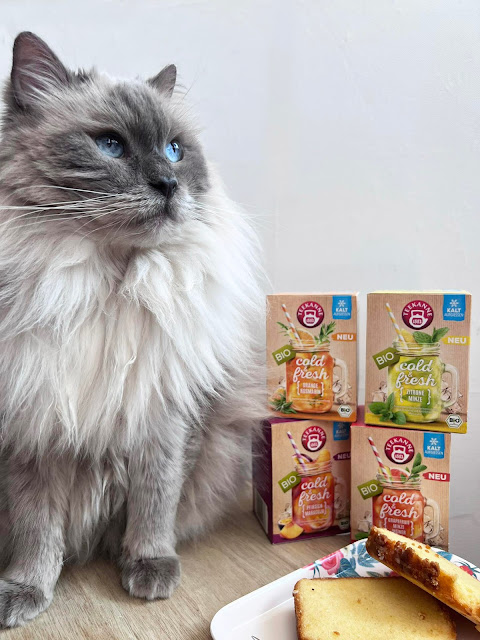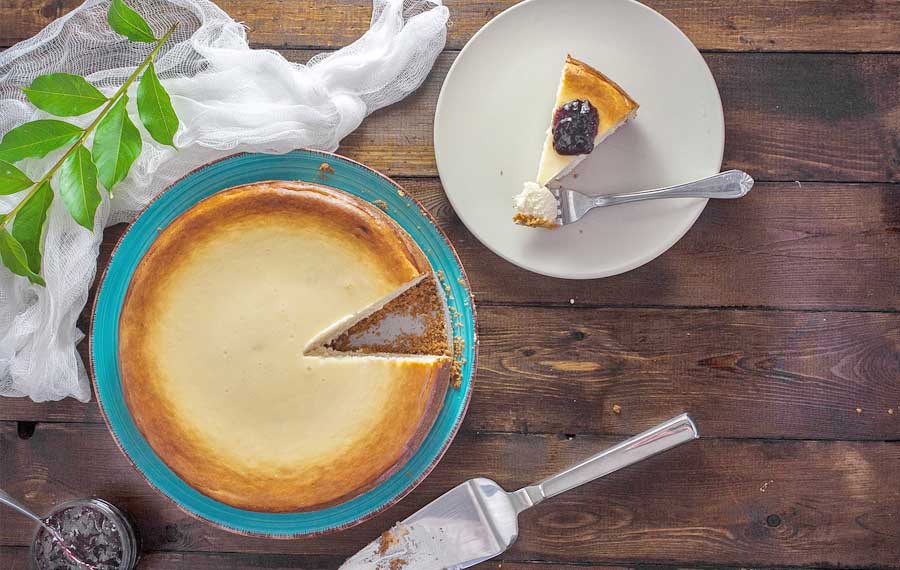
Drinking cold tea is a common practice and can be quite refreshing, especially during hot weather. Cold tea can be made by brewing tea as you would for hot tea and then allowing it to cool, or by brewing it using the cold brew method.
Teekanne has just released 4 new Flavors and we’re happy to get to try them. My daughter loves tea-be it cold or warm and so she tried the Peach-Passion fruit first. While warm teas are more often preferred for its benefits, cold tea offers several potential goodness of its own too, here are some:
- Refreshing and Hydrating: Cold tea can be a refreshing beverage, especially on hot days. It provides hydration, which is essential for overall well-being and maintaining bodily functions.
- Antioxidant Content: Many teas, such as green tea, black tea, and herbal teas, are rich in antioxidants. Antioxidants help protect the body against oxidative stress, which is associated with various health issues. Cold tea retains the antioxidant properties of the brewed tea leaves, providing potential health benefits.
- Hydration with Flavor: For individuals who find it challenging to consume plain water, cold tea offers a flavorful alternative. By infusing different tea varieties or adding natural flavorings like citrus slices or herbs, cold tea can provide a tastier option for staying hydrated.
- Digestive Aid: Some herbal teas, such as peppermint or ginger tea, are known for their digestive properties. Consuming cold herbal teas can help soothe an upset stomach, reduce bloating, or ease indigestion.
Should you want to try cold teas (if you haven’t yet), here are a few things to consider when making and drinking cold tea:
Flavor
Cold tea can have a slightly different flavor profile compared to hot tea. Some people find that cold tea tastes milder or less bitter, while others may enjoy the different flavor notes that come through when the tea is chilled. Experiment with different types of tea and brewing methods to find your preferred taste.
Brewing method
If you plan to make cold tea, you can adjust the brewing method to create a more refreshing flavor. For example, you can brew tea with slightly more tea leaves or bags to make a stronger concentrate that won’t get diluted when you add ice. Alternatively, you can try cold brewing, where you steep the tea leaves or bags in cold water for an extended period, usually several hours or overnight, to extract a smoother and less astringent flavor.

Sweetening and flavoring
Cold tea can be enjoyed plain or sweetened according to your preference. You can add sweeteners directly to the cold tea or make a flavored syrup to enhance the taste. Lemon slices, fresh herbs, or fruit slices can also be added to cold tea to infuse additional flavors.
Iced tea variations
Cold tea can be prepared in various forms. Some popular variations include iced tea, where chilled tea is served over ice, and tea infusions, where the tea is infused with fruits, herbs, or spices for a more complex flavor. There are also blended tea beverages, such as bubble tea or tea smoothies, which combine cold tea with milk, ice, and other ingredients.
Remember that while cold tea can be enjoyable and refreshing, it’s essential to maintain proper food safety practices. Ensure that the tea is brewed and stored at appropriate temperatures to prevent the growth of harmful bacteria. If you’re making cold tea at home, it’s generally recommended to consume it within a few days and store it in a clean, sealed container in the refrigerator.
If you’re looking to make cold tea low in carbohydrates, there are a few adjustments you can make:
- Choose low-carb tea varieties: Some tea varieties naturally contain fewer carbohydrates. For example, herbal teas like peppermint, chamomile, or rooibos are typically carb-free. Green tea and black tea also have negligible carbohydrate content. By selecting these tea varieties, you’ll be starting with a low-carb base.
- Avoid sweeteners or opt for low-carb sweeteners: Many sweeteners add carbohydrates to the tea. If you prefer your tea sweetened, consider using low-carb sweeteners such as stevia, erythritol, or monk fruit sweetener. These alternatives have minimal impact on blood sugar levels and provide little to no carbohydrates.
- Skip or limit added fruit juice: Some cold tea recipes incorporate fruit juice for added flavor. However, fruits contain natural sugars that contribute to carbohydrate content. If you want to reduce carbohydrates, it’s best to skip or limit the amount of fruit juice you add to your cold tea.
- Add sugar-free flavors: Instead of adding sugar or fruit juice, you can infuse your cold tea with flavors by using sugar-free syrups or extracts. These can include vanilla, almond, or other extracts that don’t add significant carbohydrates.
-
Dilute with water or ice: If you prefer a milder taste or want to stretch the tea further, consider diluting it with cold water or adding ice cubes. This helps to reduce the concentration of carbohydrates per serving.





Oh I love the packaging! Also cold tea sounds wonderful right about now! It’s been too hot lately.
I love trying new teas. You had my hubby with the passion fruit. Where can we purchase these teas? I have not seen them in my supermarkets.
Hi! These are probably not yet available outside of Europe, I only saw the regular Teekanne teas on amazon.com – but Twinings has the same ones https://amzn.to/3DScq6z 🙂
while I am big fan of a hot cup of chai, I do enjoy a cold tea every so often, fruit or lemon flavored most preferably..
Totally vibing with your post on Teekanne’s new cold tea flavors! Your description of these refreshing sips has me hooked. Your casual yet informative style makes me eager to try these delightful teas. Cheers to keeping us cool and caffeinated! 🍹🍃🫖
I have heard of cold coffee but hearing about cold tea for the first time. I like it hot though